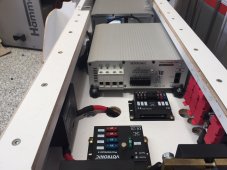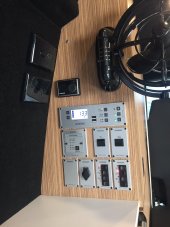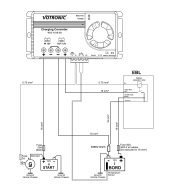Hi all. I'm quite new in this field, and I am looking to understand how to correctly mount a 100ah lithium battery (integrated BMS), on an old EBL 263-3 control unit on my VAN (120A alternator)
I have identified, hypothetically, the B2B Votronic 12-12 30A. However, the proposed schemes are not very clear to me. I have a battery cut-off relay inside the control unit EBL 263-3, which is the best connection configuration?
I am trying to seek help from companies around my area, but lithium batteries are still not widespread here, and it is really difficult to find people willing to help me. Any help will be appreciated !
I have identified, hypothetically, the B2B Votronic 12-12 30A. However, the proposed schemes are not very clear to me. I have a battery cut-off relay inside the control unit EBL 263-3, which is the best connection configuration?
I am trying to seek help from companies around my area, but lithium batteries are still not widespread here, and it is really difficult to find people willing to help me. Any help will be appreciated !






